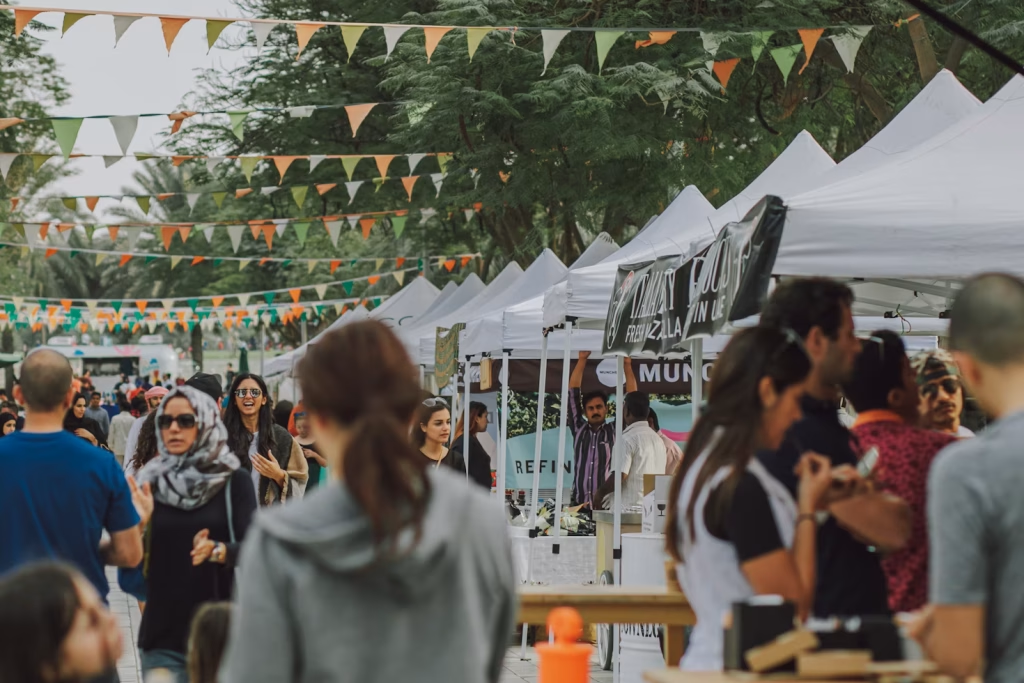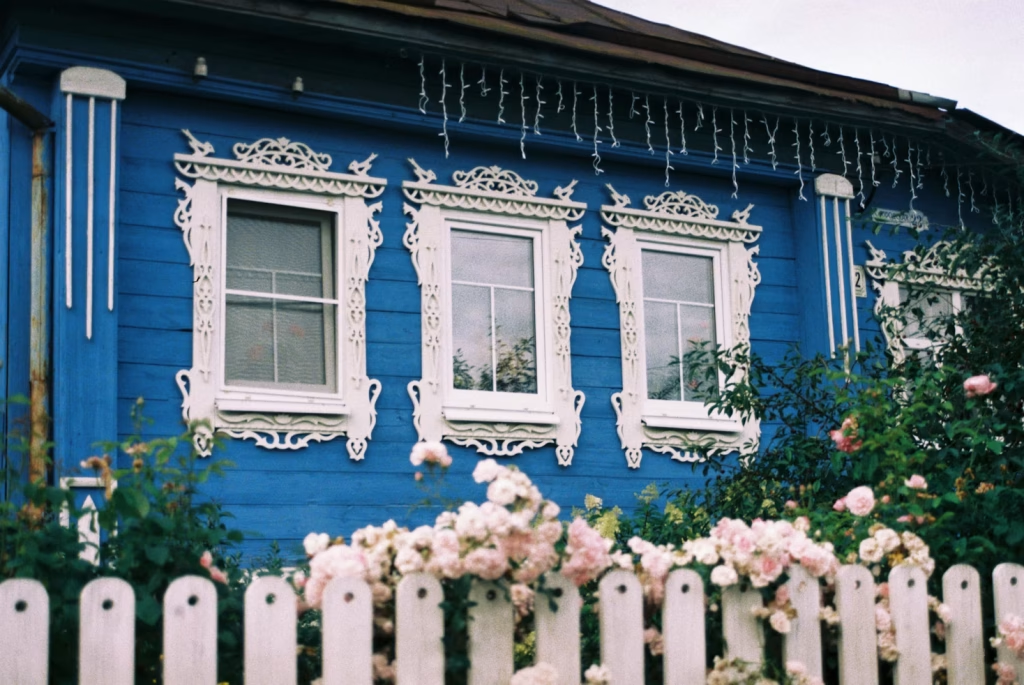Introduction
When was the last time you felt truly seen? In small towns, you’re not just another face in the crowd—you’re part of a living tapestry woven through community, shared experiences, and an unmatched sense of belonging. In contrast, big cities often deliver anonymity, efficiency, and sensory overload. But as many travelers, remote workers, and reflective souls discover, small cities bring something else: slow mornings, random conversations with shopkeepers, and a feeling of being rooted in a place rather than floating through it. Understanding the unique appeal of these towns helps us rethink how we define our best life and maybe where we want to build it.
1. Authentic Community Connection
1.1 Neighbors Become Friends
Small towns foster face-to-face interaction: you recognize the same barista, your kids attend the same school, you wave to joggers day after day. It’s the fabric of belonging. Research consistently shows strong social networks in smaller settings improve mental health, lower stress, and boost feelings of safety.
1.2 Shared Celebrations and Traditions
Local fairs, harvest festivals, holiday lights—these are community-wide events where everyone plays a part. Imagine a fireworks show you helped set up or a parade where your family lays flowers. These connections create decades-long memories.

2. A Calmer, More Intentional Pace
2.1 Less Hustle, More Human Time
Forget rush-hour nightmares, small towns rarely have them. You’ll spend less time waiting, more time living. Deep work, reflective strolls, and unhurried coffee breaks become not just possible, but the norm.
2.2 Nature on the Doorstep
Walk out your front door and discover trails, rivers, and parks within minutes. Many small towns were built with walkers in mind, not dense transit grids. The result? Daily routines that feel restorative, not draining.
3. Greater Affordability and Quality of Life
3.1 Stretching Every Dollar
Housing, groceries, and services are often significantly cheaper. That lowers stress on your wallet—and simplifies daily life. Even a modest income can buy comfort, reduce debt, and free space for creativity.
3.2 Thriving Locally, with Less Competition
Your favorite café isn’t one of dozens; it’s the café. The same holds for gyms, arts studios—even farmers’ markets. Every business feels personal and so do you, as a customer.

4. Vibrant Local Culture and Creativity
4.1 Art That Speaks Community
Murals, community theatre, local writers—small towns often support grassroots creativity. Even a tiny town can host an art walk or gallery night, where the artist is across the table from you.
4.2 Business With Heart
Food trucks, local farms, shared maker spaces—small towns evolve with passion and ingenuity. People launch ventures not as side-hustles, but as lifelines to their home and cultural identity.
5. Safety, Slow Innovation, and Trust
5.1 Low Crime, High Trust
While no place is always perfect, crime rates in many small towns are far lower—offering peace of mind and more freedom to roam.
5.2 Trust That Multiplies
When you trust your neighbors, life smooths out. Your kids walk to school; your deliveries stay safe; community systems handle problems through goodwill, not distrust.

6. Environmental Sustainability and Local Impact
6.1 Smaller Footprints
With less traffic, lower emissions, and greener public spaces, small towns can be more environmentally harmonious. The rhythm of life encourages planting trees, supporting small farms, and cleaner air.
6.2 Community-Led Sustainability
Local cleanup events, community gardens, repair cafés—smaller populations can organize grassroots sustainability more effectively than sprawling cities.
7. Challenges & Trade-Offs
| Feature | Small Town Advantage | Potential Drawbacks |
| Opportunities | Community, low costs, safety | Fewer job options, lower pay |
| Culture | Local traditions, tight-knit creatives | Less diversity, fewer cultural scenes |
| Services & Transit | Quiet streets, simple transit | Limited healthcare, longer distances for goods |
| Growth & Infrastructure | Room to grow personally or entrepreneurially | Risk of stagnation without connectivity or investment |
8. Real-Life Examples & Stories
8.1 Remote Working in Asheville, NC
Known for art, craft beers, and forested hills, Asheville attracts digital workers seeking community over corporate anonymity. Co-working hubs are filled with locals and newcomers collaborating.
8.2 Rebirth of a Rust Belt Town
In the American Midwest, a 12,000-resident town became a maker-hub by revitalizing a historic mill—now buzzing with microbreweries, studios, and weekend markets.
8.3 Global Case: New Zealand’s Hokitika
A 3,000-person town on the West Coast known for jade workshops, beach sunsets, and wild nature. Tourists visit, yes, but it’s the people who stayed behind who shaped this as their lifelong home.
9. Choosing the Right Small Town (Tips & Wisdom)
- Prioritize infrastructure: check internet speed, hospital access, school quality.
- Investigate community ethos: visit local socials, meet-ups, or church groups.
- Consider growth dynamics: is the town stagnant or intentionally building?
- Test the waters: stay a month in a vacation rental to feel daily life rhythm.
10. Conclusion: Richness in Real Roots

Small towns offer connection, space, affordability, and purpose in a way cities often cannot. They teach us that richness lies in daily life, not in skyscrapers or city glow. The right town becomes more than an address—it becomes a home.